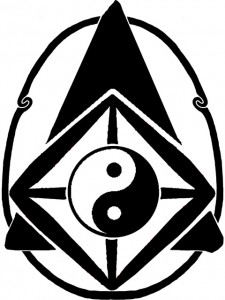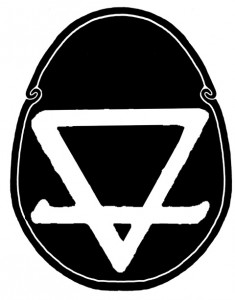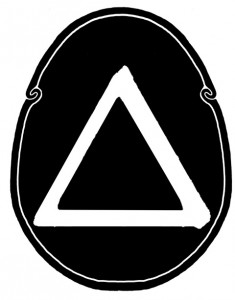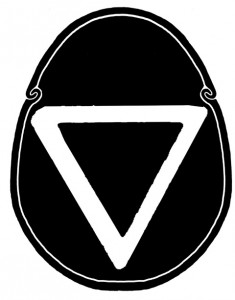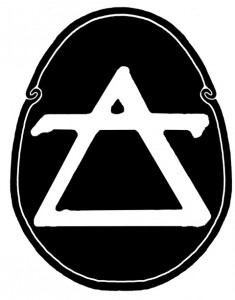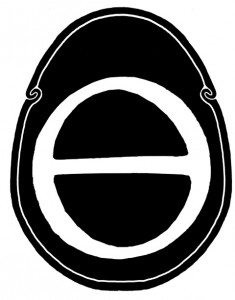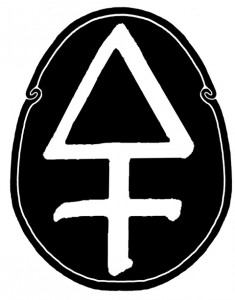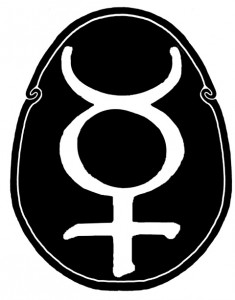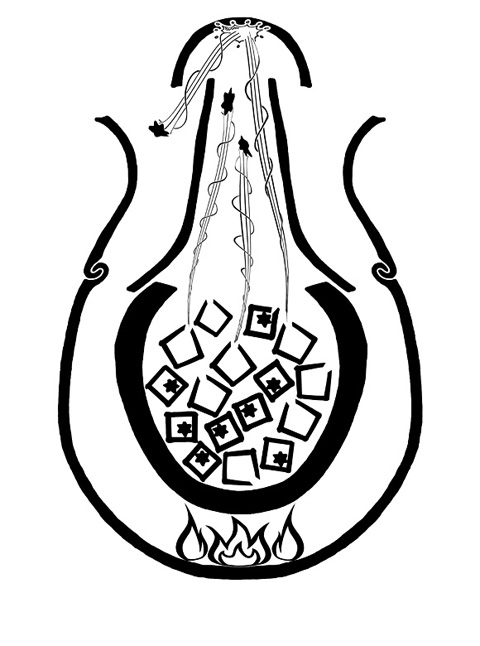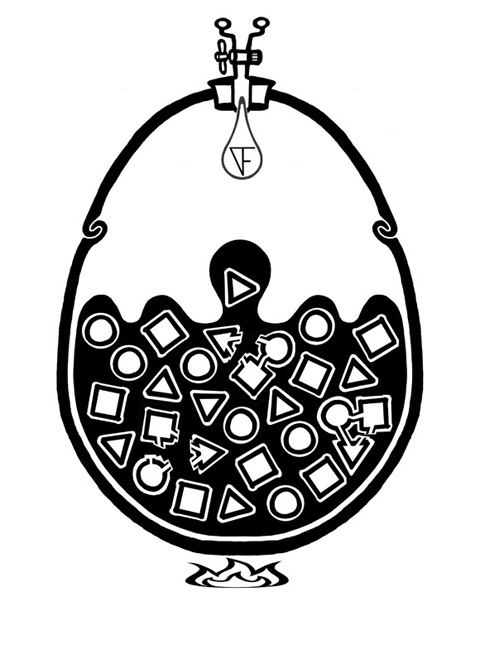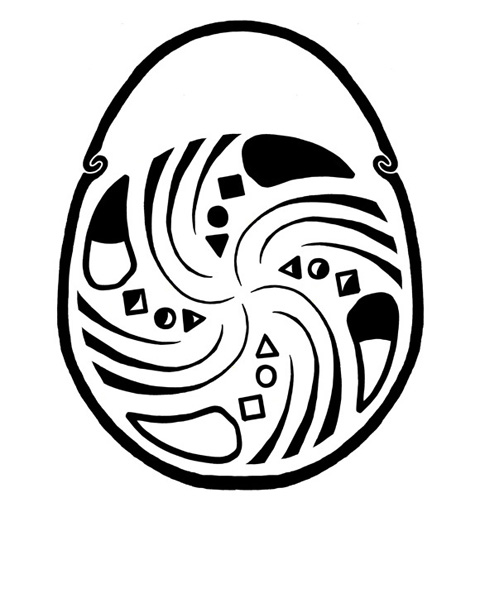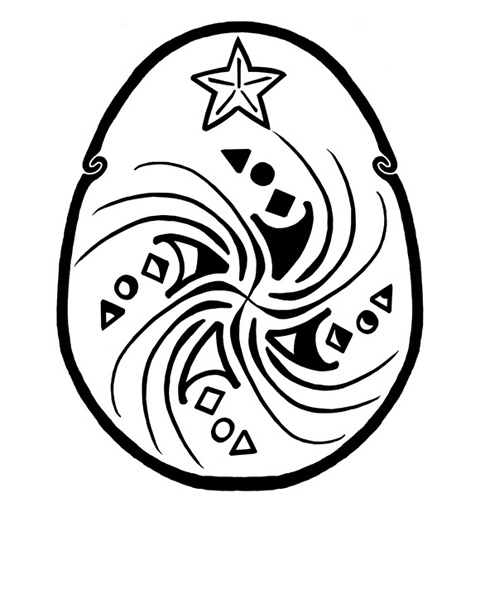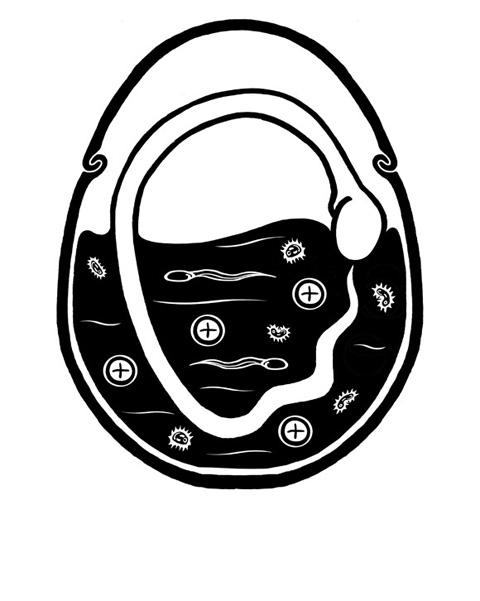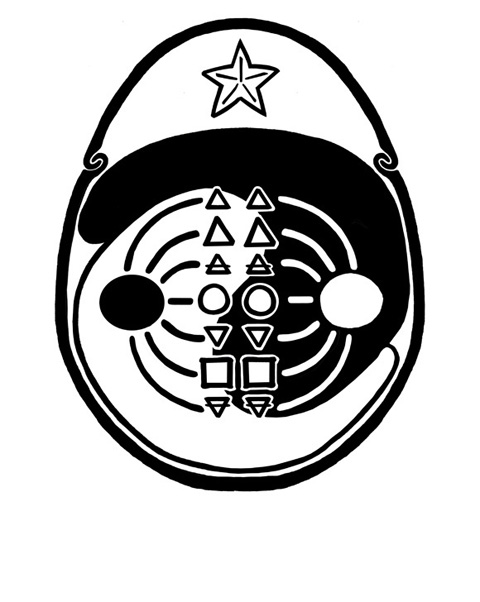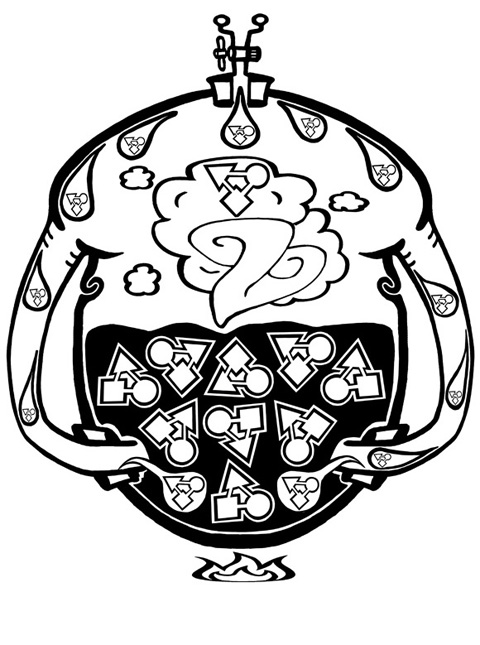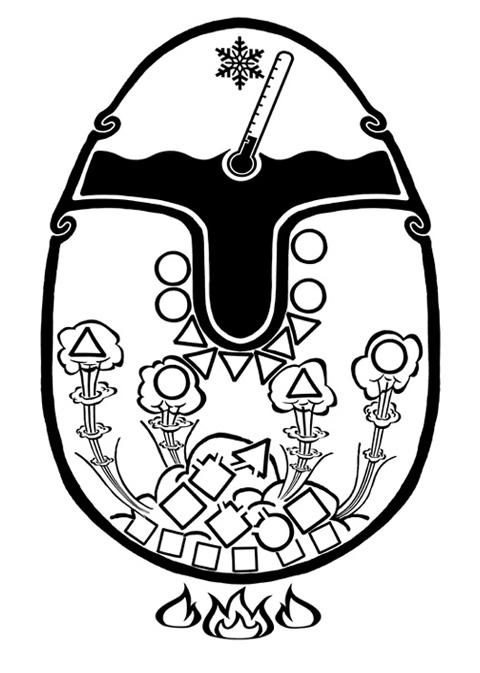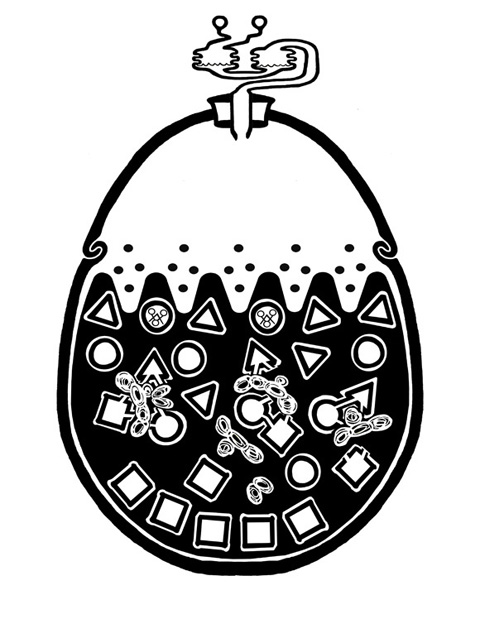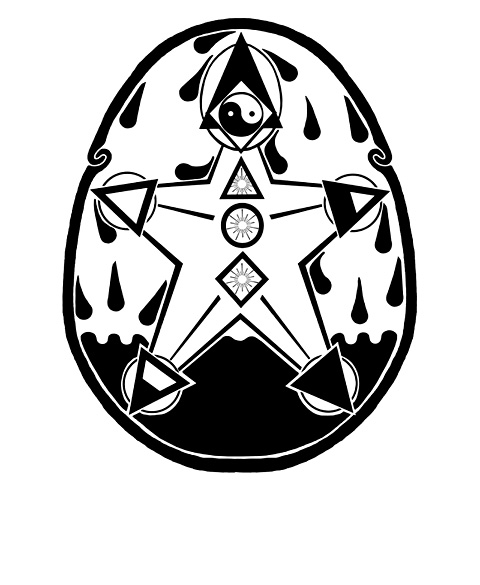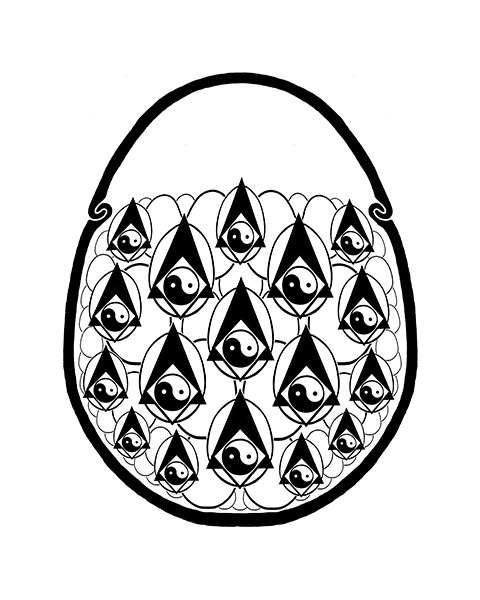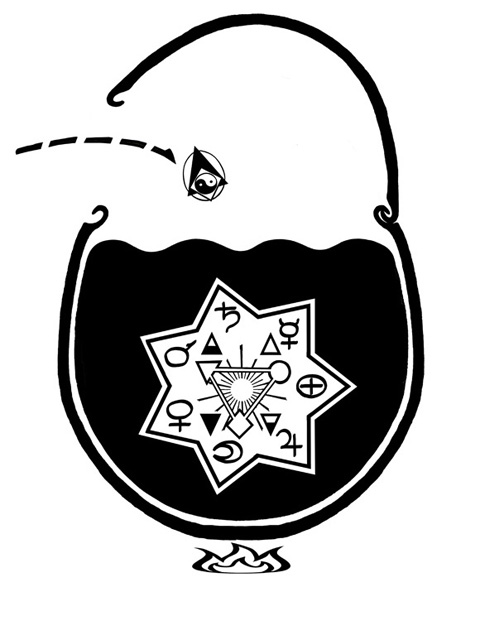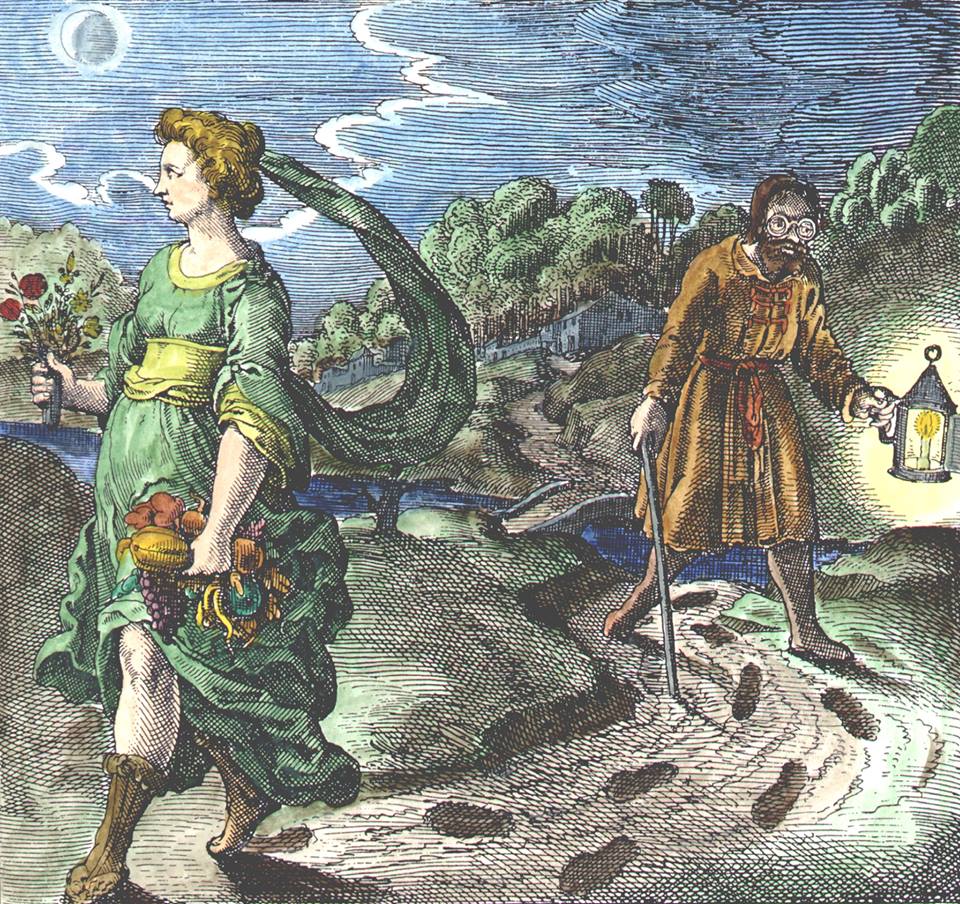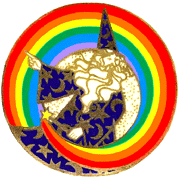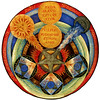Highly regarded as one of England’s foremost alchemical figures, the collected writings of Sir George Ripley (1415–1490) have influenced numerous historical notables, such as John Dee, Robert Boyle, and Sir Isaac Newton.
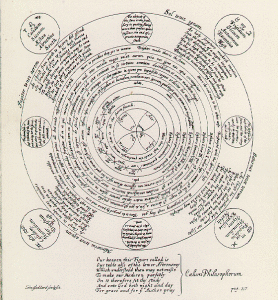 Contained in his 1471 volume titled The Compound of Alchymy, written in a lyrical, free style verse, Ripley presents the Twelve Gates Leading to the Discovery of the Philosopher’s Stone. Along with the preface was this large folding diagram, known as Ripley’s Wheel, considered essential to decoding the meaning hidden within the text. This allegorical reference has been meticulously organized to include our solar system, its planets, their metals and elements, veiled alchemical recipes, the entirety encoded within one fantastic, circular sigil.
Contained in his 1471 volume titled The Compound of Alchymy, written in a lyrical, free style verse, Ripley presents the Twelve Gates Leading to the Discovery of the Philosopher’s Stone. Along with the preface was this large folding diagram, known as Ripley’s Wheel, considered essential to decoding the meaning hidden within the text. This allegorical reference has been meticulously organized to include our solar system, its planets, their metals and elements, veiled alchemical recipes, the entirety encoded within one fantastic, circular sigil.
By way of my own introduction, Ripley’s Twelve Gates were expounded upon in some length by C.G. Jung in his own excellent book, Psychology and Alchemy. Although he singled out Ripley’s list for particular scrutiny, Jung struggled with choosing but one particular compilation in preference over another. Expressing these concerns regarding the plethora of possible formulas, Jung lamented it was “Therefore pointless to go further into variations of alchemical procedure…”
Thus it is best understood that no single list, regardless of authorship, or number and order of processes, should be considered as truly definitive or complete. Instead, reflect upon how the Alchemists of ancient times sought their revealed wisdom through direct experience, praying for success only after following in Nature’s footsteps, to be guided by Her methods.
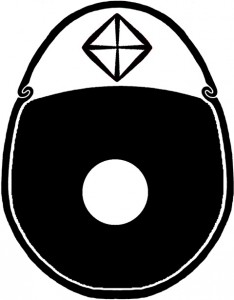 The Alchemical Self
The Alchemical Self